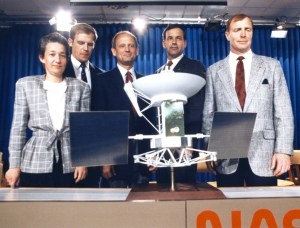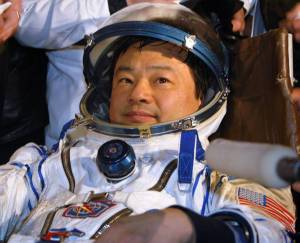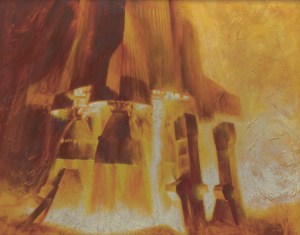On May 6, 2004, NASA announced the selection of its 19th group of astronauts. The group comprised 11 candidates – two pilots, six mission specialists, and three educator mission specialists - and included two women, two Hispanic Americans, and one African American. Three astronauts from the Japan Aerospace Exploration Agency (JAXA) joined the 11 NASA astronauts for the 20-month training program to qualify as mission specialists, following which they became eligible for flight assignments. They comprised the last group of astronauts selected to fly on the space shuttle. All members of the group completed at least one spaceflight, with five making a single trip into space, four making two trips, and five going three times. Several remain on active status and available for future flight assignments.
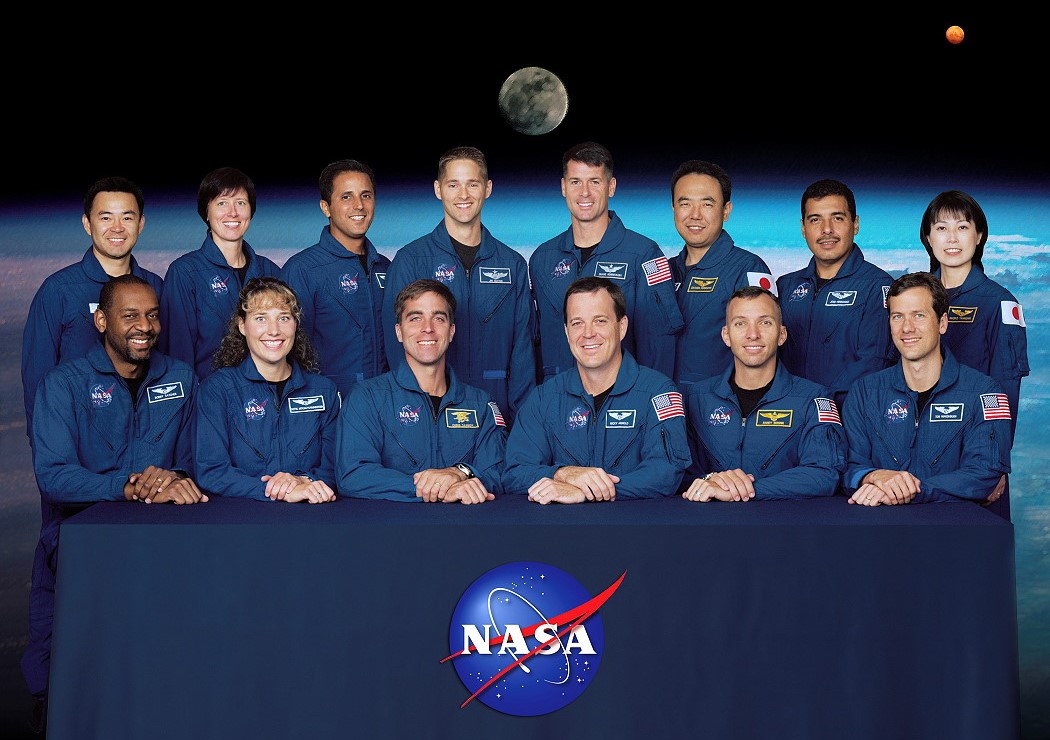
The Group 19 NASA and Japan Aerospace Exploration Agency astronaut candidates pose for a group photo - front row, Robert L. Satcher, left, Dorothy "Dottie" M. Metcalf-Lindenburger, Christopher J. Cassidy, Richard R. Arnold, Randolph J. Bresnik, and Thomas H. Marshburn; back row, Akihiko "Aki" Hoshide, left, Shannon Walker, Joseph M. Acaba, James P. Dutton, R. Shane Kimbrough, Satoshi Furukawa, José M. Hernández, and Naoko Yamazaki.
In a ceremony held at the Stephen F. Udvar-Hazy Center of the Smithsonian Institution's National Air and Space Museum in Chantilly, Virginia, NASA Administrator Sean C. O'Keefe and Chief of the Astronaut Office Kent V. Rominger introduced the 11 new astronaut candidates, the first selected since the Columbia accident. John H. Glenn, representing the original Mercury 7 astronauts selected in 1959, also attended the ceremony. The newest class of astronaut candidates included Randolph J. Bresnik and James P. Dutton as the two pilot candidates; Christopher J. Cassidy, José M. Hernández, R. Shane Kimbrough, Thomas H. Marshburn, Robert "Bobby" L. Satcher, and Shannon Walker as the mission specialists; and Joseph M. Acaba, Richard R. Arnold, and Dorothy "Dottie" M. Metcalf-Lindenburger as the educator astronauts. Under a joint agreement between the two agencies, JAXA astronauts Satoshi Furukawa, Akihiko "Aki" Hoshide, and Naoko Yamazaki, selected in 1999, joined the 11 NASA astronauts for the 20-month certification program.
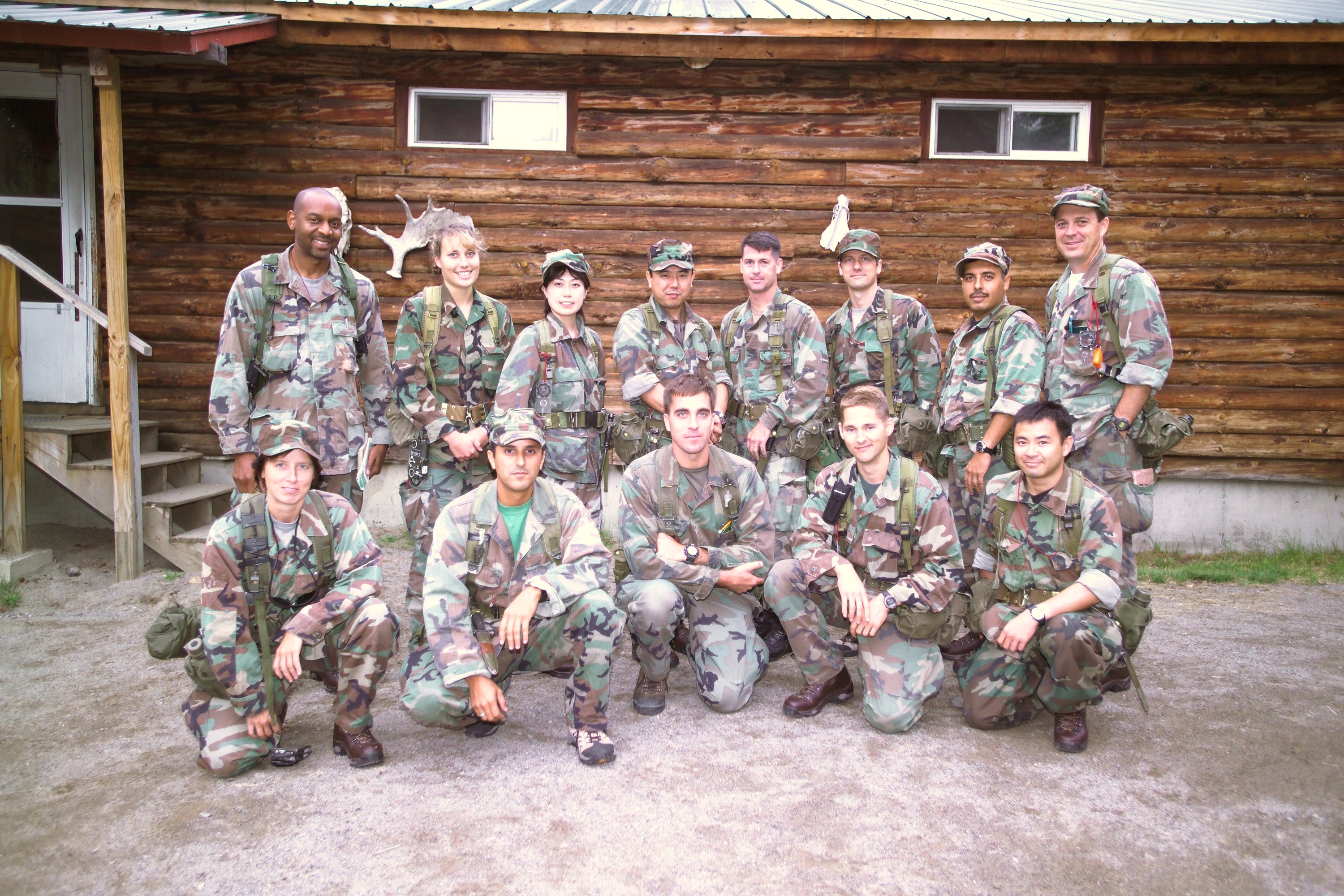
Group 19 astronaut candidates during survival training at Brunswick Naval Air Station in Maine.
The 11 NASA and three JAXA astronaut candidates began their 18-month training and certification period in June 2004. The training included scientific and technical briefings, intensive instruction in shuttle and International Space Station systems, physiological training, T-38 flight training, and water and wilderness survival training. They also received orientation tours at all NASA centers. They completed the astronaut candidate training in February 2006 and qualified for various technical assignments within the astronaut office and for future flight assignments.
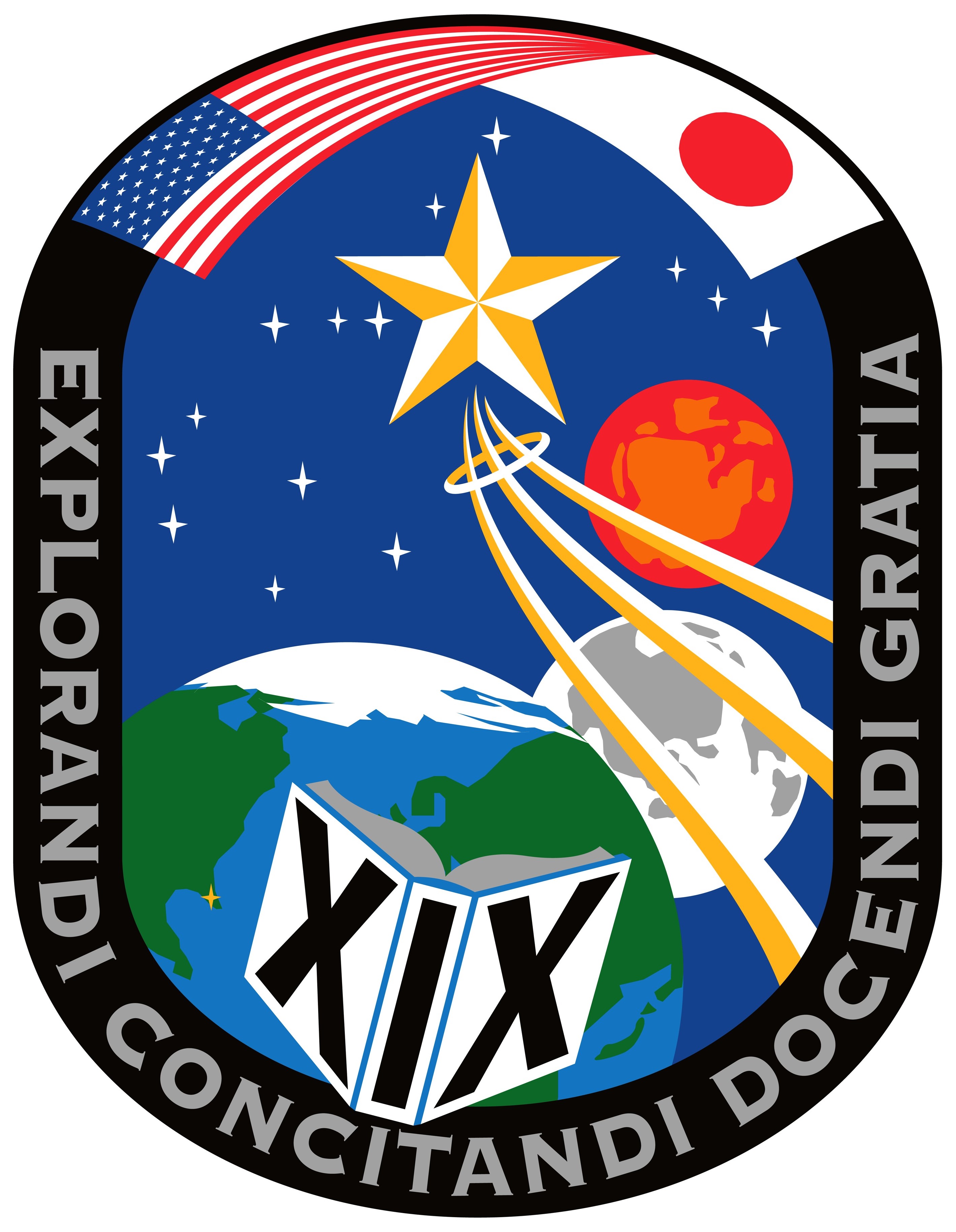
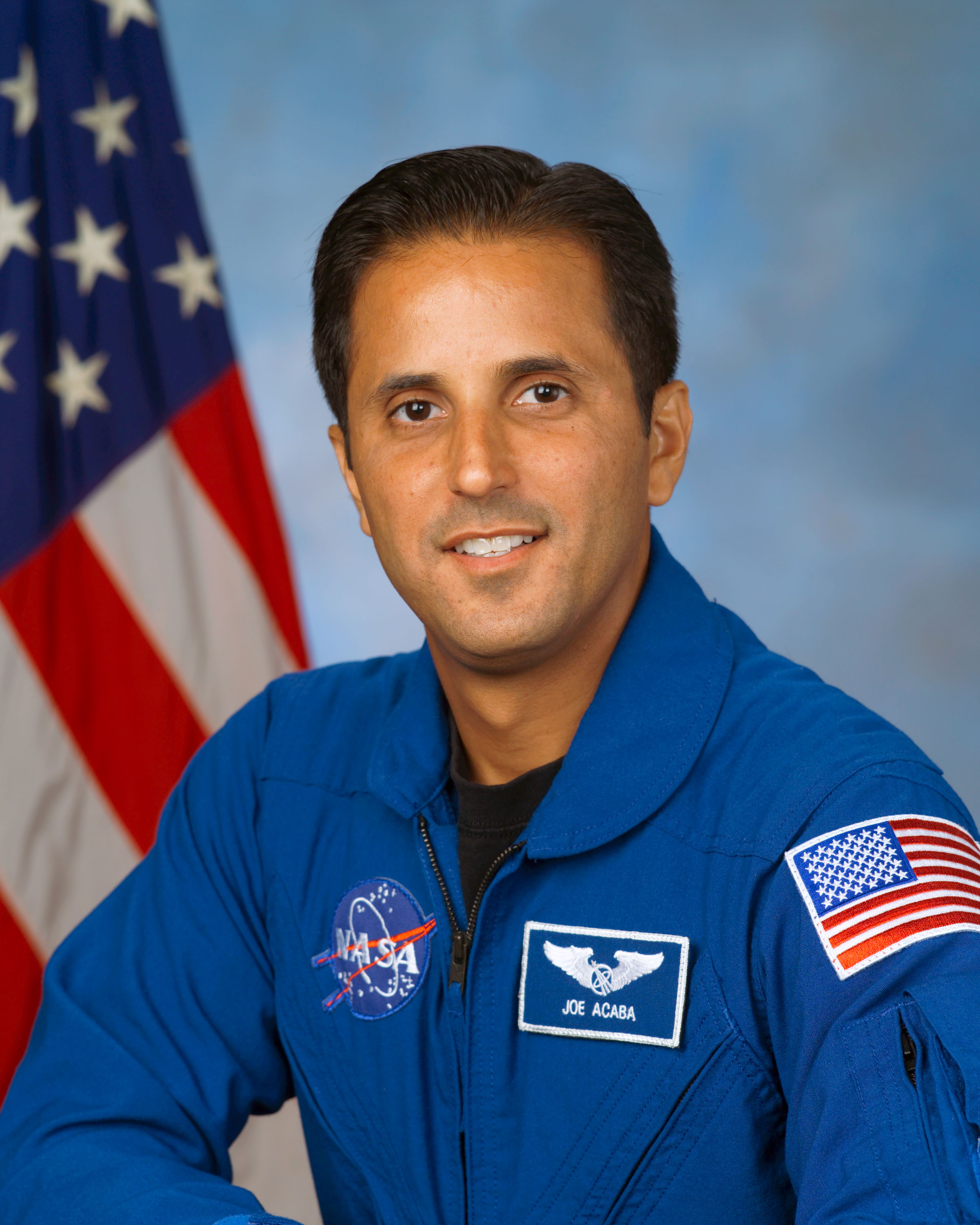

Group 19 patch, left, and NASA astronauts Joseph M. Acaba and Richard R. Arnold.
Per tradition, the previous astronaut class provided the nickname for Group 19: The Peacocks. The Group 19 astronauts designed their patch, that included elements such as the American and Japanese flags, a stylized astronaut pin, fourteen stars representing the astronauts, a book - representing knowledge and learning - with a Roman numeral XIX on it, and the Earth, Moon, and Mars, representing current and future exploration. The border of the patch contained the Latin words Explorandi Concitandi Docendi Gratia, meaning "for the sake of exploring, inspiring, and teaching."
Acaba, one of the three educator astronauts, hails from California. He received his first spaceflight assignment as a mission specialist on STS-119, the 2009 mission that brought the final truss segment to the space station. He conducted two spacewalks, one of them with fellow Peacock Arnold. Acaba then traveled to the station for his second mission, this time on a Russian Soyuz spacecraft, to serve as a flight engineer during Expedition 31 and 32 in 2012, during which the crew welcomed the first commercial cargo vehicle, a SpaceX Dragon. He completed his third mission as a flight engineer during Expedition 53 and 54 in 2012 to 2013, performing a single spacewalk. Acaba spent a total of 306 days in space and 19 hours and 46 minutes outside during three spacewalks. He has served as the Chief of the Astronaut Office since 2023.
The second of the three educator astronauts, Arnold, a resident of Maryland, flew with Acaba on STS-119 in 2009. He conducted two spacewalks, one of them with fellow Peacock Acaba. His second flight took place nine years later when he served as a flight engineer during Expedition 55 and 56 and performed three more spacewalks. He has logged 209 days in space and accumulated 32 hours and 4 minutes of spacewalk time during five excursions.
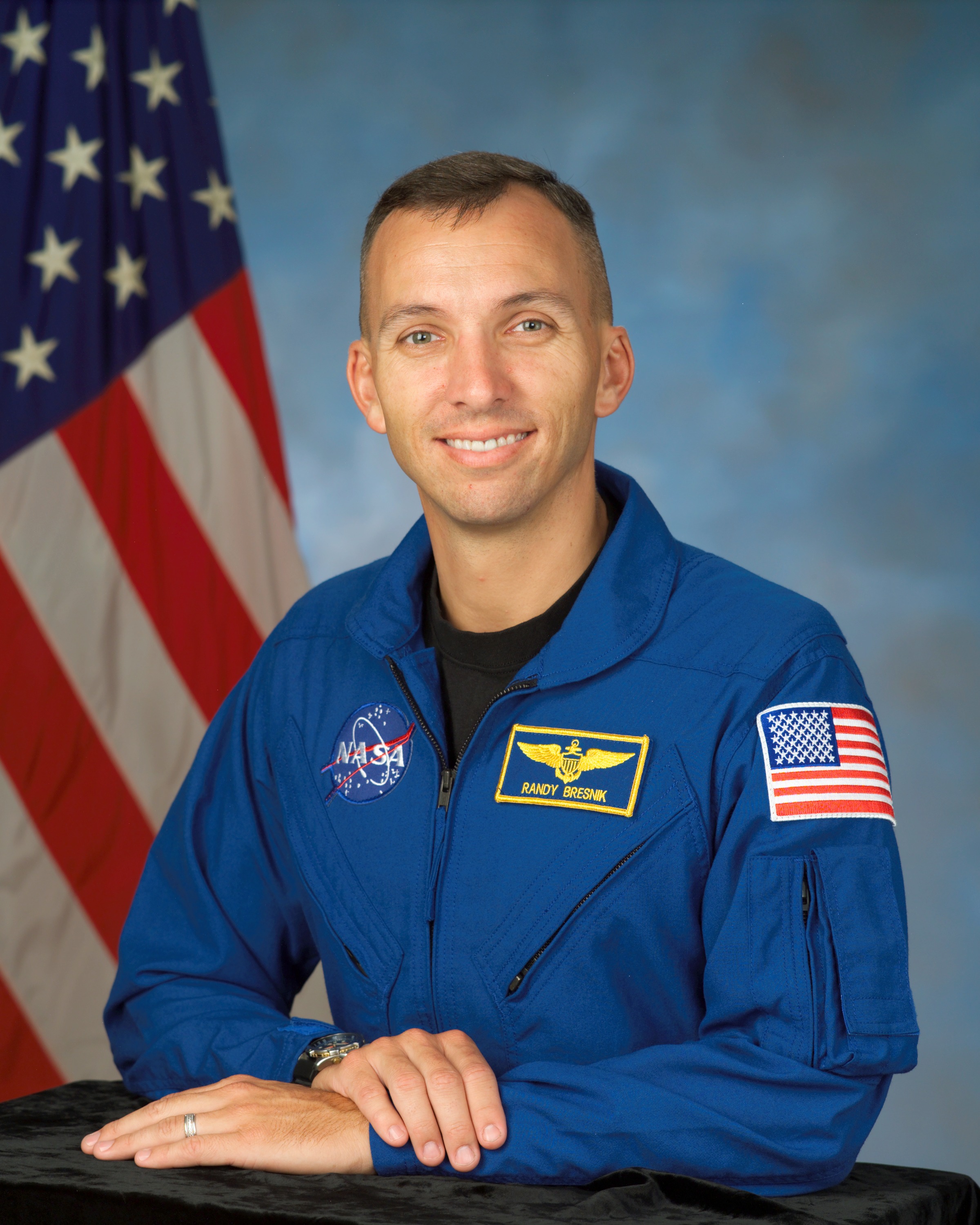
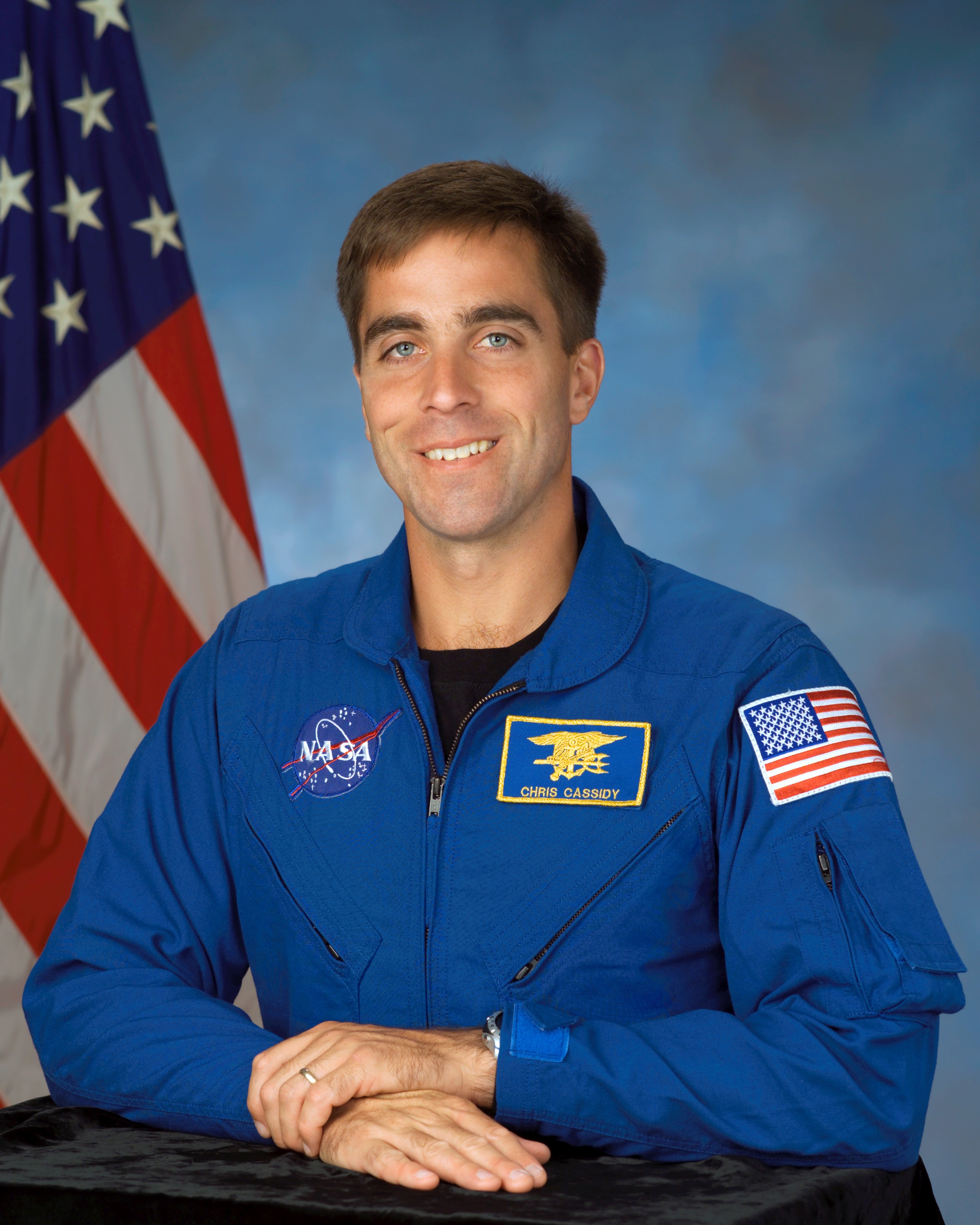
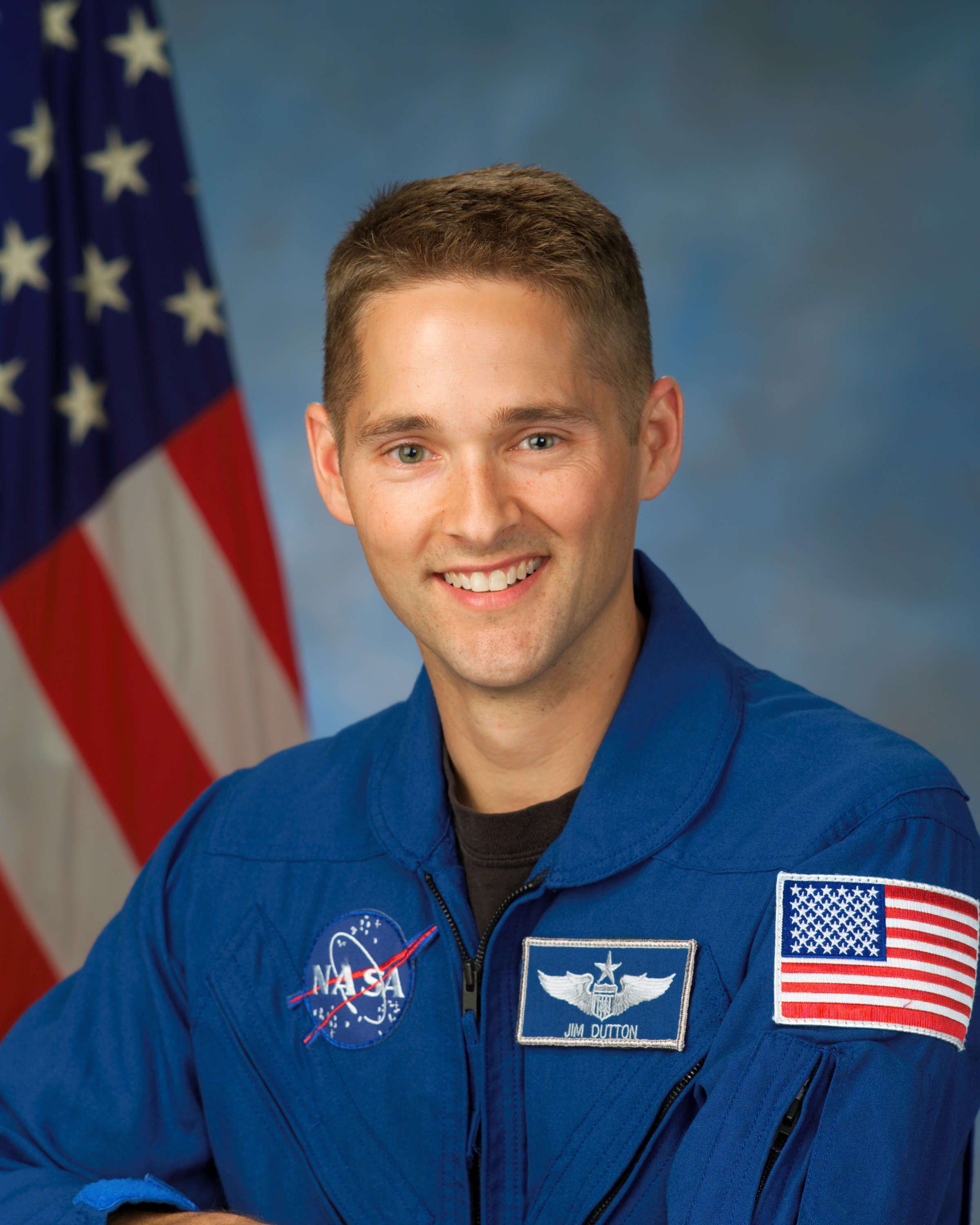
Group 19 NASA astronauts Randolph J. Bresnik, left, Christopher J. Cassidy, and James P. Dutton.
Bresnik, a U.S. Marine test pilot from California, received his first spaceflight assignment as a mission specialist on STS-129, a utilization and logistics flight that brought two External Logistics Carriers to the space station. He conducted two spacewalks during the 11-day flight, including one with fellow Peacock Satcher. During his second spaceflight in 2017, Bresnik flew to the station on a Soyuz, spending 139 days in space, first as a flight engineer during Expedition 52 and then as commander of Expedition 53, and conducted three more spacewalks. He logged a total of 149 days in space, and 32 hours outside during five spacewalks. Since 2018, Bresnik has served as assistant to the chief of the astronaut office for exploration.
A native of Maine and a U.S. Navy SEAL, Cassidy completed three spaceflights during his NASA career. On his first flight in 2009, he flew as a mission specialist on STS-127, the flight that delivered the Japanese Kibo Exposed Facility to the station. He performed three spacewalks during the 16-day mission, two of them with fellow Peacock Marshburn. He returned to the space station in 2013 via a Soyuz and served as a flight engineer during Expeditions 35 and 36, spending 166 days in space and conducting three spacewalks including one terminated early when fellow spacewalker Luca Parmitano's helmet began filling with water. On his third mission in 2020, Cassidy served as flight engineer during Expedition 62 and commanded Expedition 63. He conducted four more spacewalks. He spent a total of 378 days in space and 54 hours 51 minutes outside on nine spacewalks.
A native of Oregon and a colonel in the U.S. Air Force, Dutton flew as pilot on STS-131, a resupply mission to the space station in 2010. Fellow Peacocks Metcalf-Lindenburger and Yamazaki accompanied Dutton on the flight. The Multi-Purpose Logistics Module (MPLM) brought 27,000 pounds of supplies to the station, and returned 6,000 pounds of science, hardware, and trash back to the ground. Dutton logged 15 days in space.
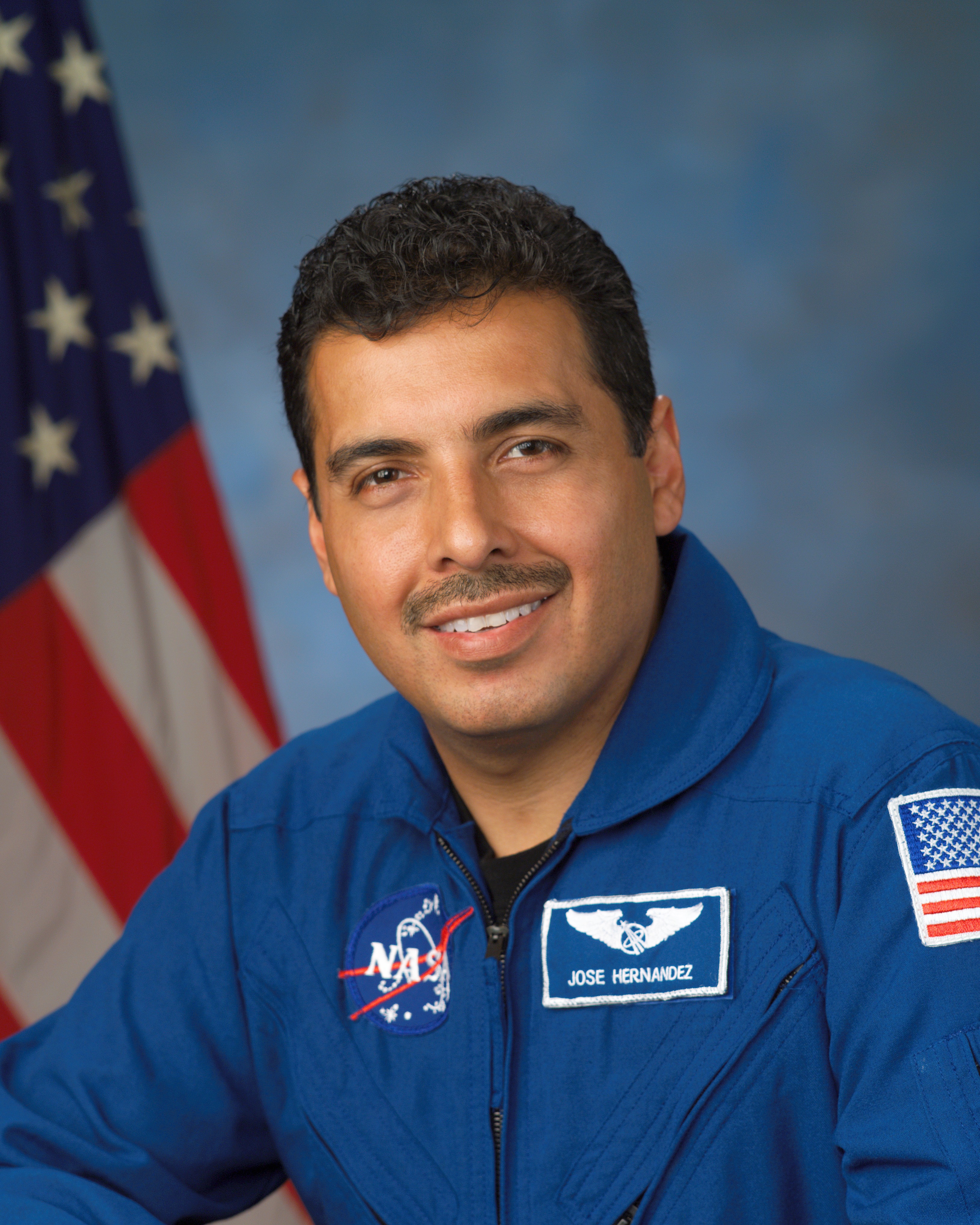
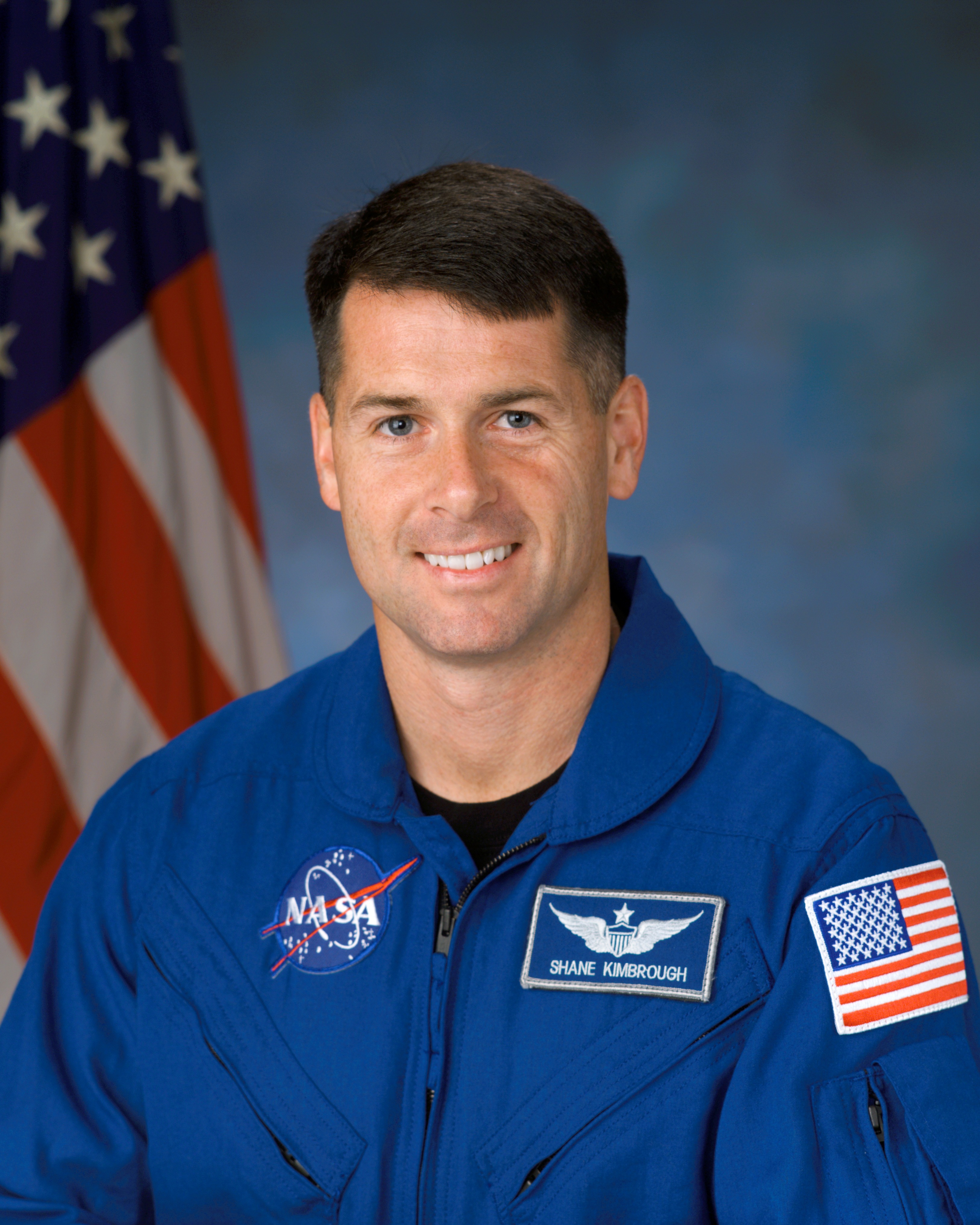

Group 19 NASA astronauts José M. Hernández, left, R. Shane Kimbrough, and Thomas H. Marshburn.
California native Hernández joined the Materials and Processes Branch at NASA's Johnson Space Center (JSC) in Houston prior to his selection as an astronaut. He made his one spaceflight on STS-128 in 2009, an expedition crew member rotation flight that also delivered 18,000 pounds of supplies, cargo, and science to the space station inside an MPLM. He logged 14 days in space. The 2023 motion picture "A Million Miles Away" chronicled Hernández's journey to become an astronaut.
Texas native and U.S. Army aviator Kimbrough joined JSC in 2000 at Ellington Field's Aircraft Operations Division before joining the astronaut corps. The first NASA astronaut from Group 19 to get a flight assignment, Kimbrough flew as a mission specialist on STS-126 in 2008. During the 16-day mission, the astronauts carried out an expedition crew member rotation and resupplied the station with 14,000 pounds of supplies including facilities to enable six-person occupancy of the station. Kimbrough completed two spacewalks during STS-126. For his second spaceflight, Kimbrough launched on a Soyuz and flew as a flight engineer on Expedition 49, becoming commander of Expedition 50 a week later. During the 173-day mission in 2016-2017, he conducted four spacewalks. For his third flight, Kimbrough served as the commander of Crew-2 and as flight engineer during Expedition 65/66 in 2021, flying with fellow Peacock Hoshide. During the 199-day mission he conducted three more spacewalks, bringing his total to nine and more than 59 hours outside the station. During his three spaceflights, he accumulated 388 days in space.
A native of North Carolina, Marshburn served as a flight surgeon at JSC before his selection as an astronaut, supporting Shuttle/Mir, space shuttle, and space station crews. On his first spaceflight, the 16-day STS-127 in 2009, he served as a mission specialist to help deliver the Japanese Kibo Exposed Facility and performed three spacewalks, two of them with fellow Peacock Cassidy. On his second spaceflight, Marshburn launched on a Soyuz and served as flight engineer on Expedition 34/35 in 2012 and 2013. During the 145-day mission, he completed one spacewalk. On his third mission, he served as Crew-3 pilot and flight engineer on the 176-day Expedition 66/67, completing one more spacewalk to bring his total to five, spending 31 hours outside the station. On his three flights, Marshburn spent 377 days in space.
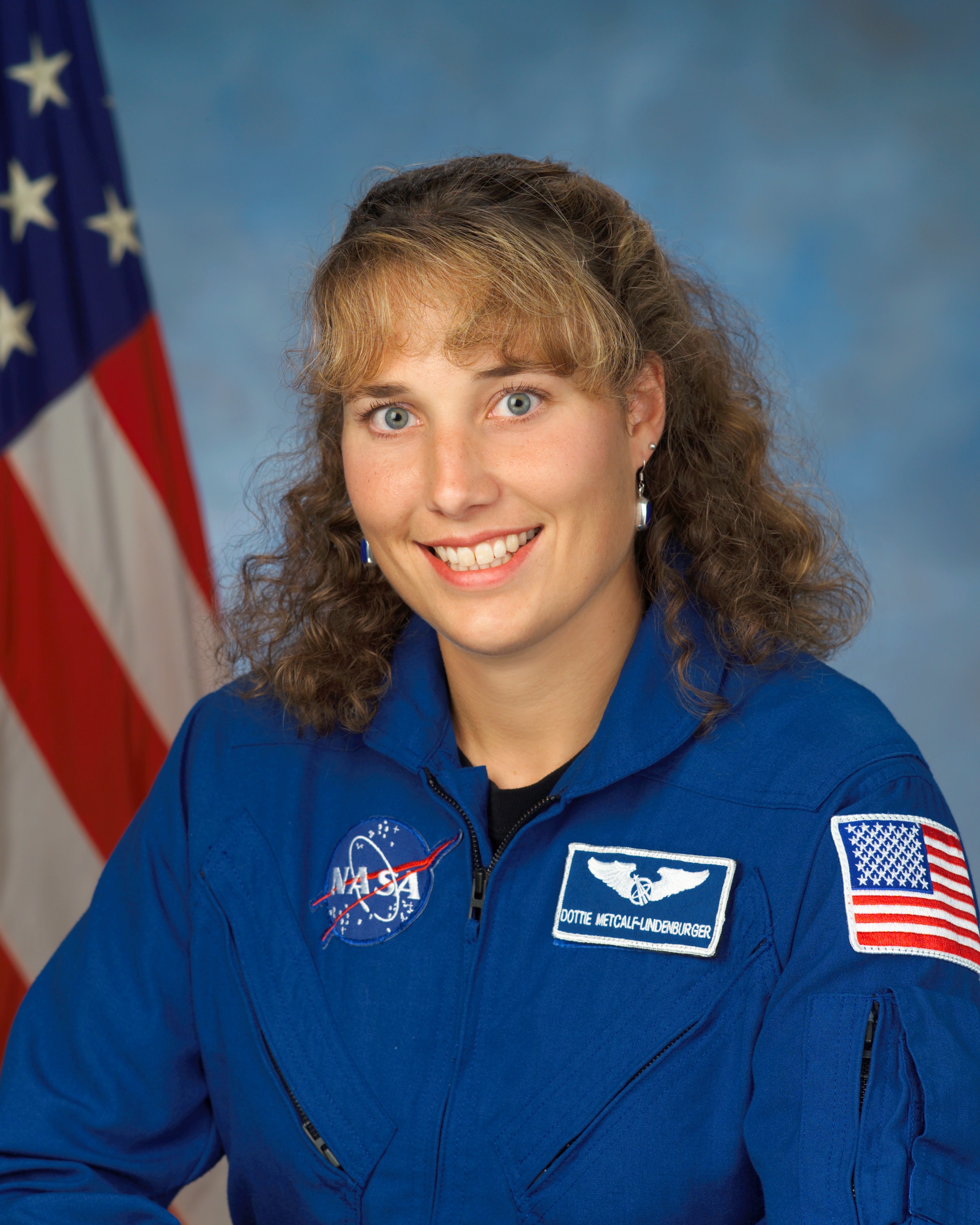
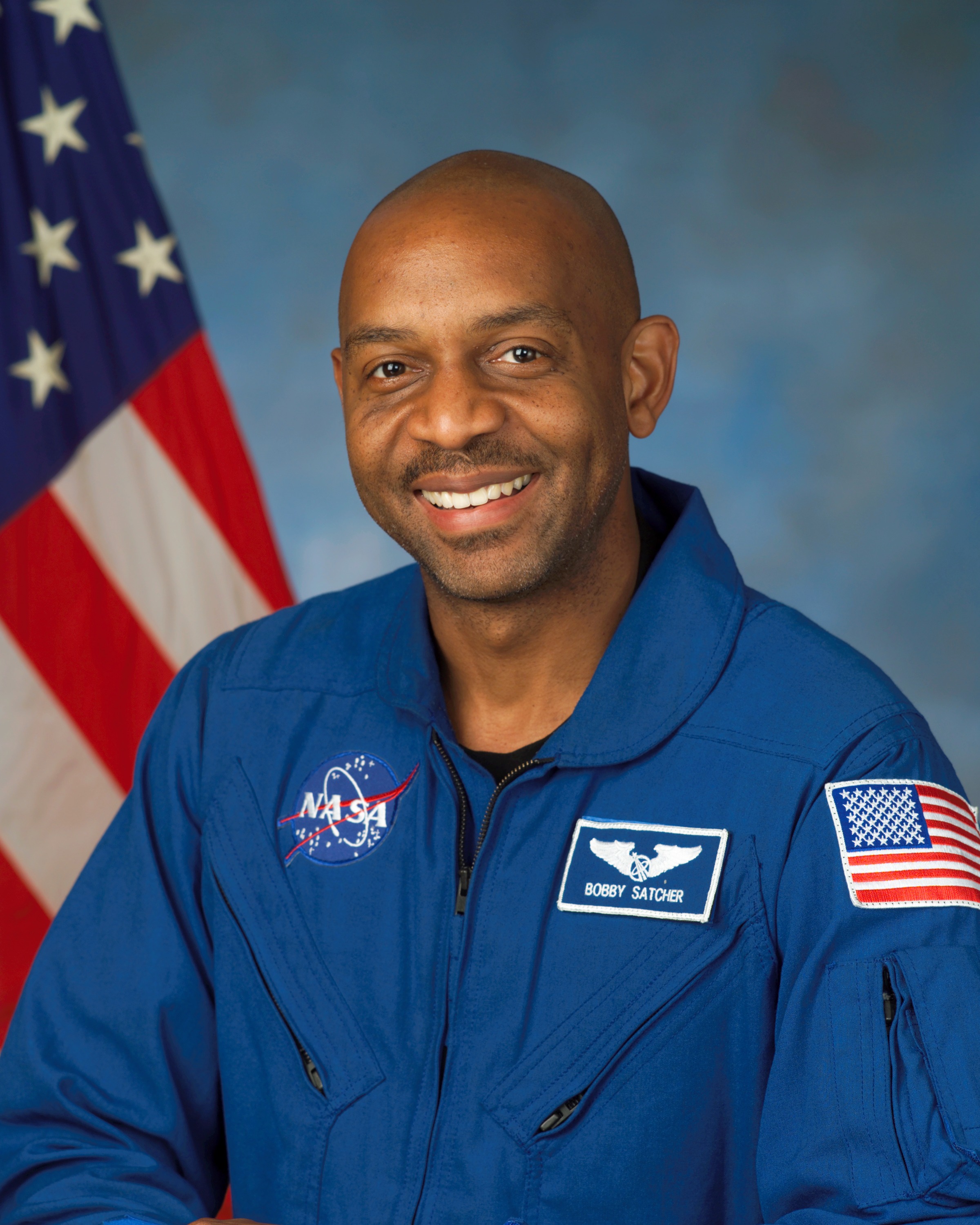
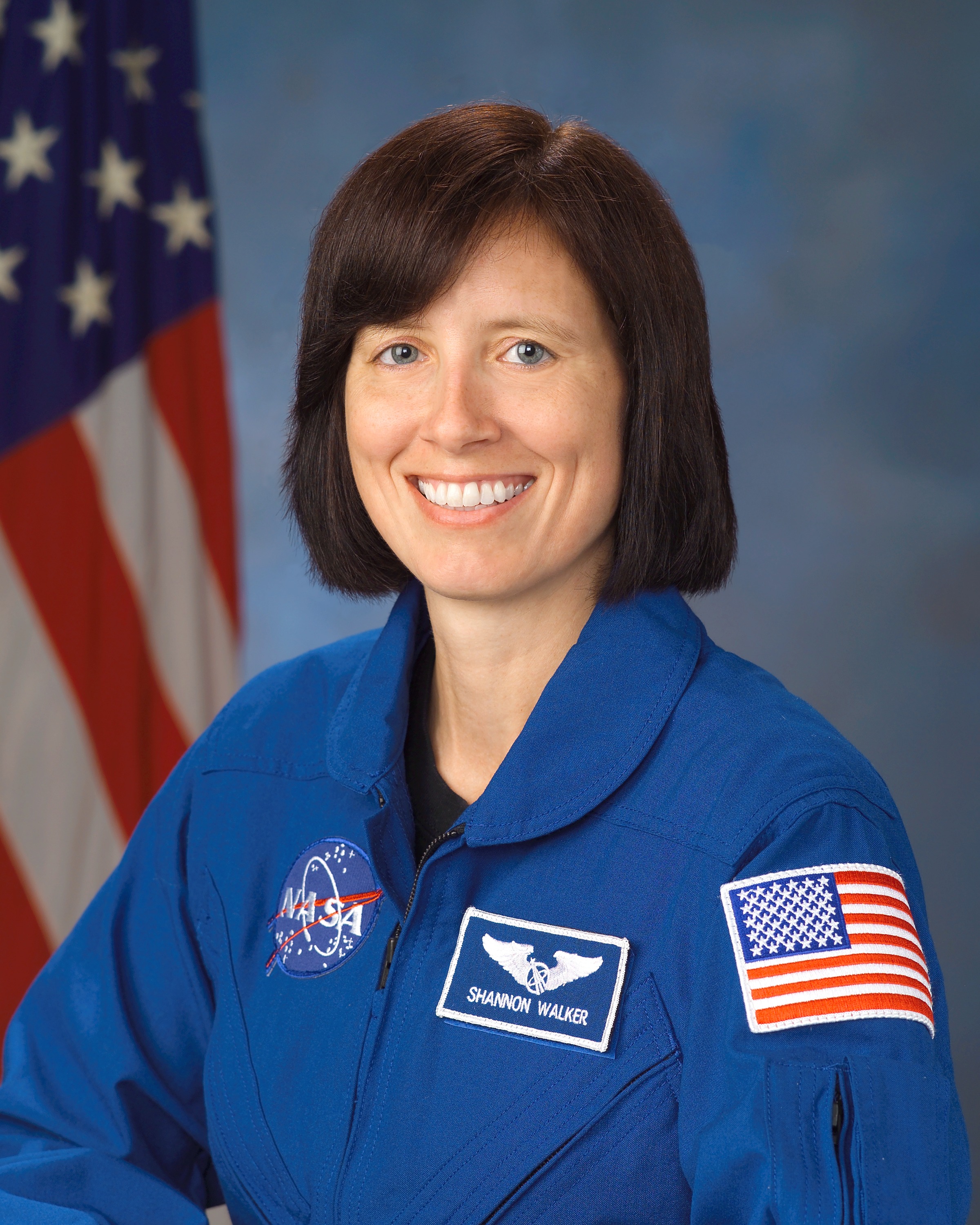
Group 19 NASA astronauts Dorothy "Dottie" M. Metcalf-Lindenburger, left, Robert L. Satcher, and Shannon Walker.
The third educator astronaut, Denver native Metcalf-Lindenburger made her one spaceflight as a mission specialist on STS-131, flying with fellow Peacocks Dutton and Yamazaki. During the 15-day mission in 2010, the astronauts resupplied the station, including bringing 27,000 pounds of supplies in the MPLM and returning 6,000 pounds of hardware and science back to Earth.
A native of Virginia, Satcher worked as an orthopedic surgeon before his selection as an astronaut. He made his one spaceflight as a mission specialist on STS-129, an 11-day flight in 2009. During the utilization and logistics flight that brought two External Logistics Carriers to the station, Satcher performed two spacewalks, including one with fellow Peacock Bresnik, totaling 12 hours 19 minutes.
Walker holds the honor as the first native Houstonian selected as an astronaut. She worked for many years in flight operations at JSC prior to her selection. On her first spaceflight in 2010, Walker launched on a Soyuz and served as a flight engineer on the 163-day Expedition 24/25. For her second flight, she served as a mission specialist on Crew-1, the first operational flight of the SpaceX Crew Dragon, and as a flight engineer during Expedition 64 and commander of Expedition 65 in 2020 and 2021. Including that 167-day flight, Walker has logged 330 days in space. She currently serves as the deputy chief of the astronaut office.
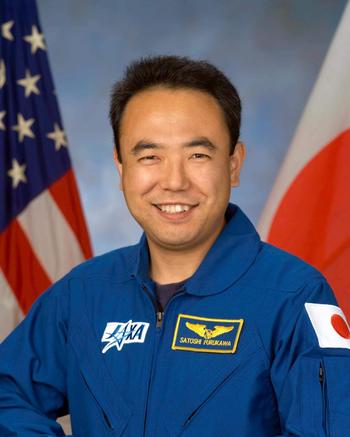
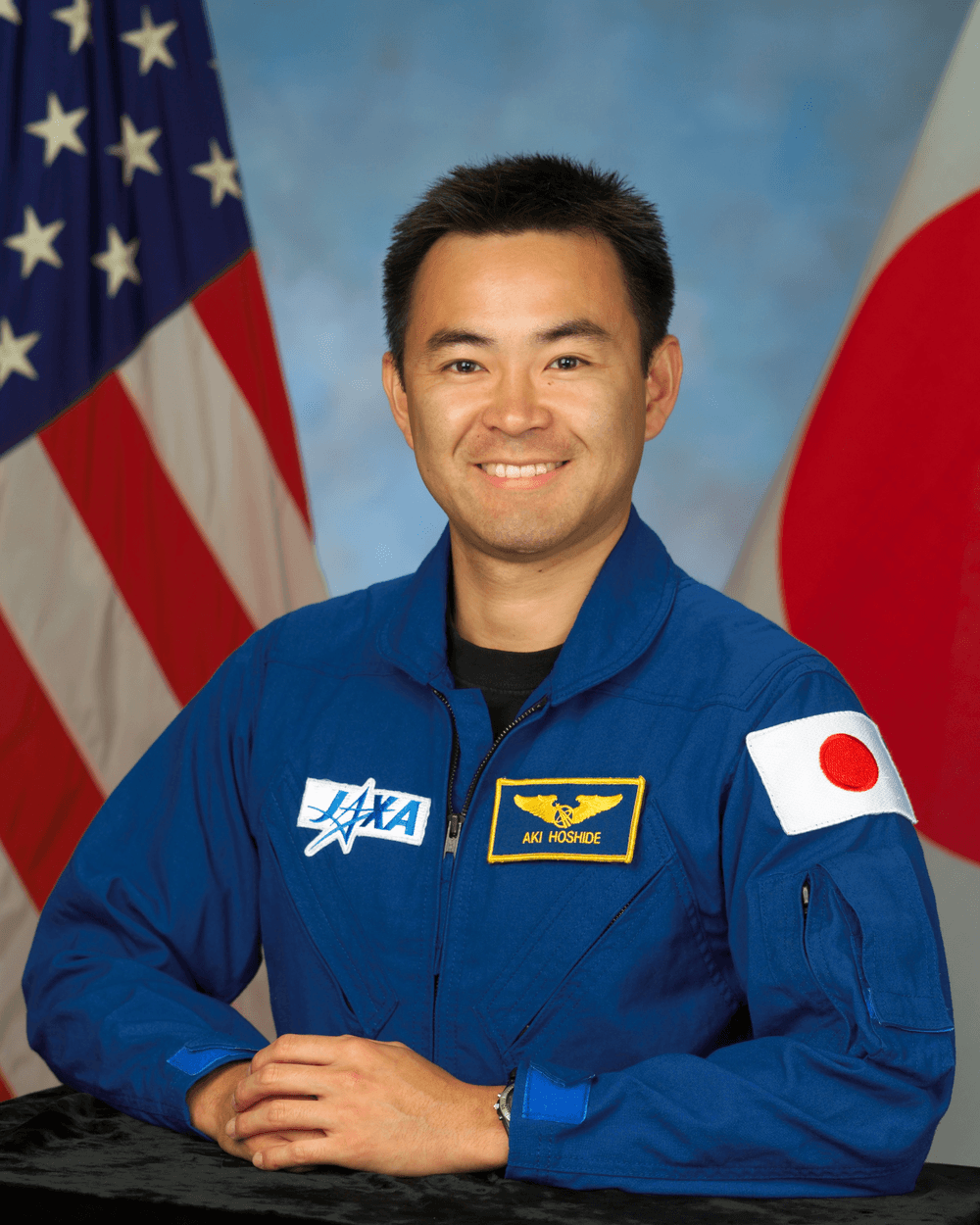
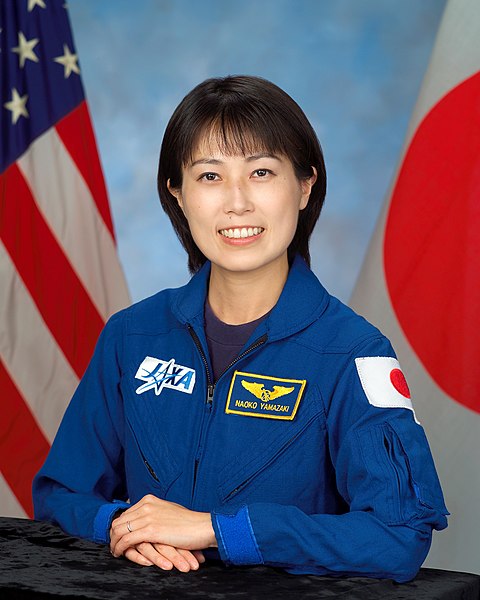
Astronauts Satoshi Furukawa, left, Akihiko "Aki" Hoshide, and Naoko Yamazaki of the Japan Aerospace Exploration Agency who joined NASA's Group 19 for training.
Born in Yokohama, Furukawa earned a medical degree and worked as a researcher in gastrointestinal surgery before JAXA selected him as an astronaut in 1999. He joined Group 19 in June 2004 to certify as a mission specialist. For his first spaceflight, Furukawa launched on a Soyuz and served as a flight engineer during Expedition 28/29, a 167-day mission in 2011. In 2023-24, he flew as a mission specialist on Crew 7 and as a flight engineer on Expedition 69/70, spending 199 days in space. Furukawa has accumulated 366 days in orbit and remains on active status.
Hoshide, born in Tokyo, joined JAXA in 1992 and seven years later the agency selected him as an astronaut. After finishing his mission specialist certification in 2006, JAXA chose him to fly on STS-124, the flight that delivered the Kibo pressurized module to the space station in 2008. Four years later, Hoshide traveled to the space station a second time to serve as a flight engineer during Expedition 32/33. He performed three spacewalks totaling 28 hours and 17 minutes. In 2021, he returned to the station as a member of Crew-2, flying with fellow Peacock Kimbrough. He served as a flight engineer during Expedition 65 and commander of Expedition 66, spending an additional 198 days in space. Hoshide accumulated 340 days in orbit and remains on active status.
An engineer born in Chiba, Yamazaki joined JAXA in 1996, three years before the agency selected her as an astronaut. She completed her mission specialist certification in 2006 and in 2010, made her one spaceflight on STS 131, flying with fellow Peacocks Dutton and Metcalf-Lindenburger. During the 15-day mission, the astronauts transferred 27,000 pounds of supplies to the station from the MPLM and returned 6,000 pounds back to Earth. Yamazaki operated both the shuttle and station remote manipulator systems during the flight. The STS-131 mission took place while fellow JAXA astronaut Soichi Noguchi served as an Expedition 23 flight engineer, marking the first time two Japanese astronauts flew in space at the same time.

Summary of spaceflights by Group 19 astronauts.
The Group 19 NASA and JAXA astronauts have made and continue to make significant contributions to the space station - assembly, research, maintenance, logistics, management - traveling to space and back using three different spacecraft - space shuttle, Soyuz, and Crew Dragon. Kimbrough, Marshburn, and Hoshide flew all three during their careers. As a group, they completed 28 flights spending 2,913 days, or nearly eight years, in space. They comprised the last group selected to fly on the space shuttle before its retirement in 2011. Eight of the 14 performed 43 spacewalks spending 275 hours and 46 minutes, or more than 11 days, outside the spacecraft. With several of the astronauts still on active duty, the story of Group 19 remains unfinished.

